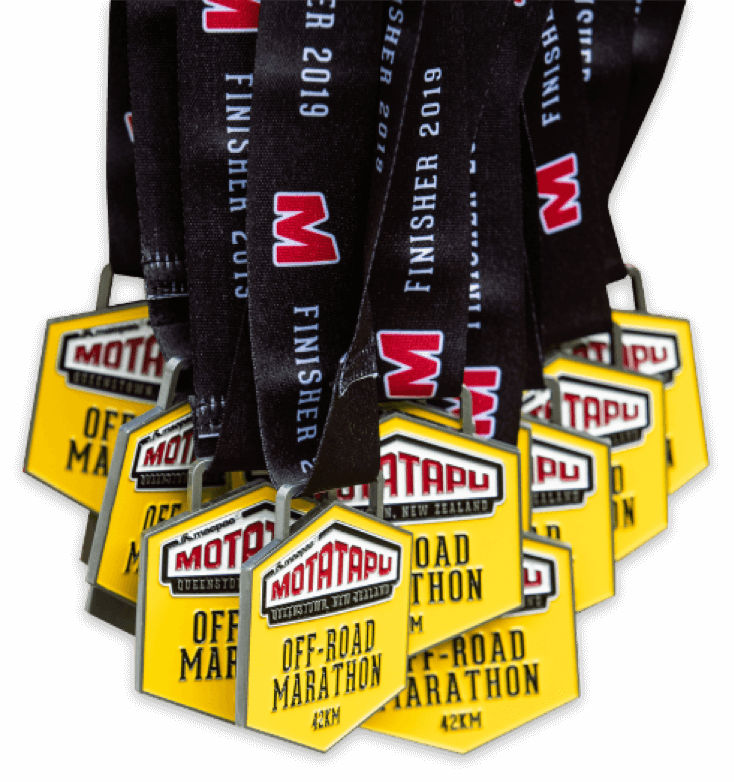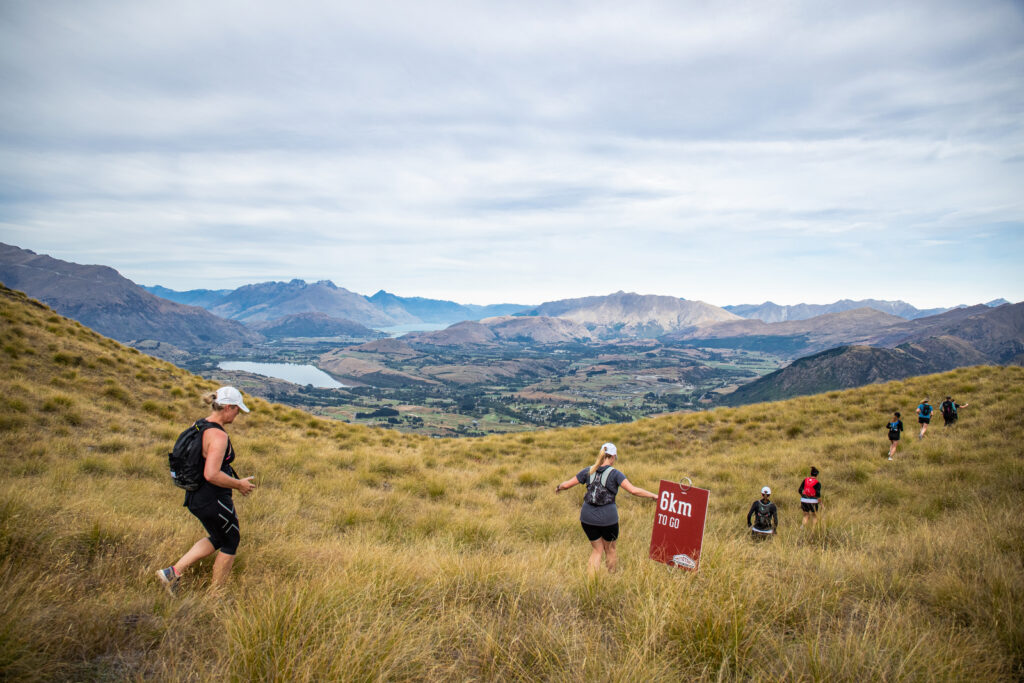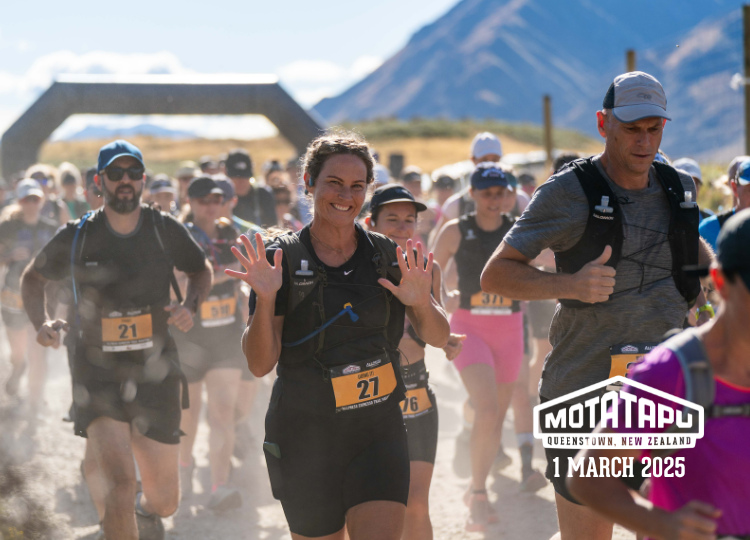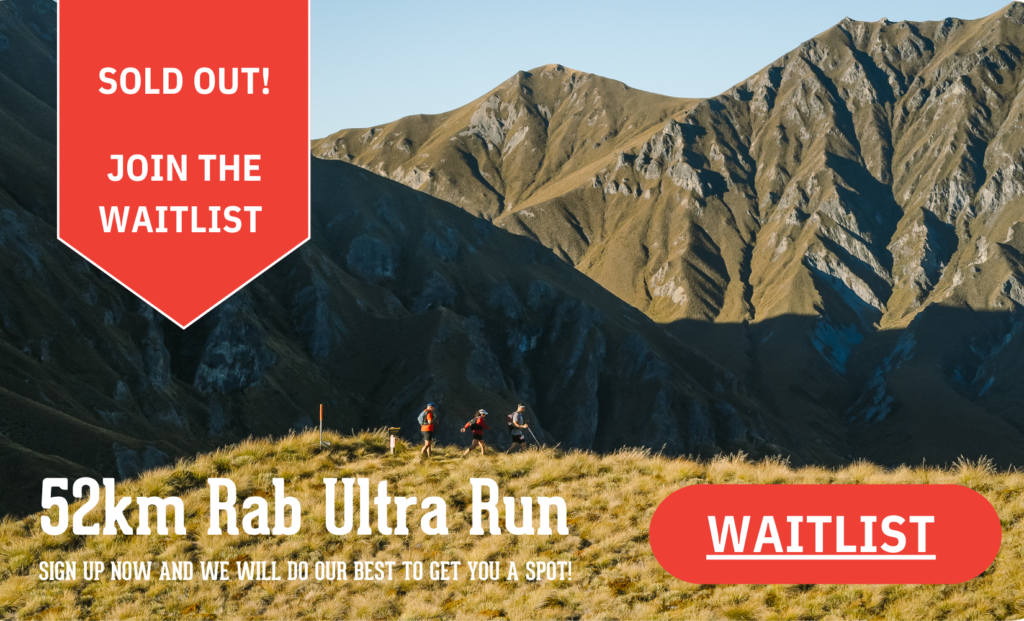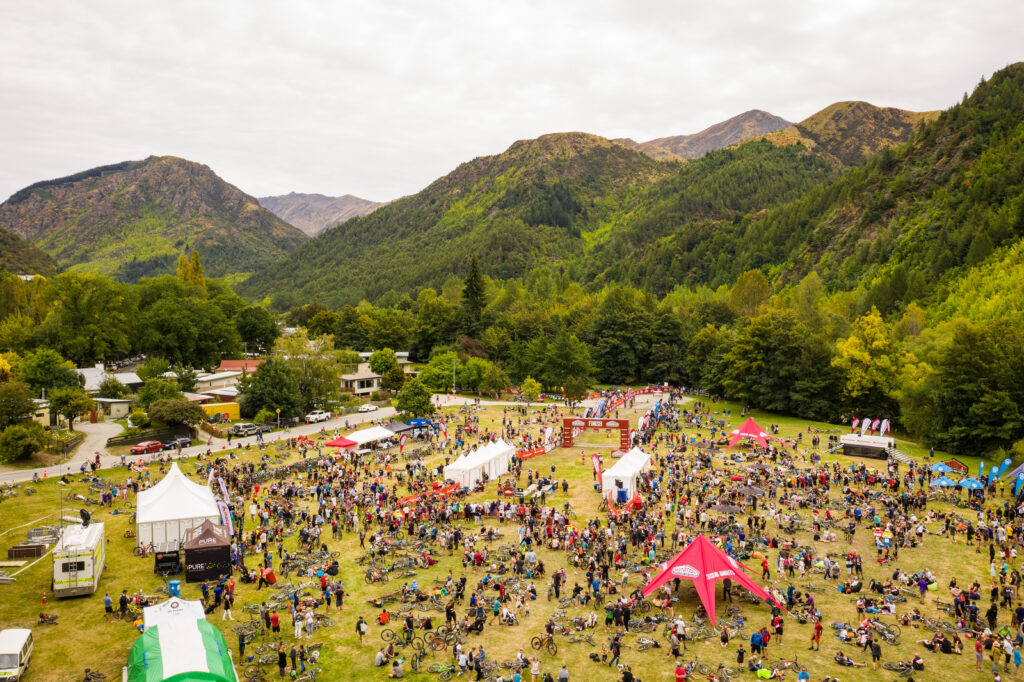
History
About Motatapu
The iconic Motatapu Off-Road Sporting Event is held annually in March in Queenstown and Wānaka, traversing Motatapu, Soho and Glencoe Stations. Known for its challenging yet achievable course, the event snakes its way through stunning high country terrain only accessible to the public one weekend a year for the Motatapu event, making it even more unique.
The inaugural Motatapu Off-Road Sporting Event was held in 2005, offering a mountain bike or marathon option and attracted 1,000 participants. Now over 4,000 people take part in several different events.
The mammoth event has gained iconic status in Australasia and is known as THE bucket-list off-road event for both elite athletes and weekend warriors.
$5 of every entry goes to the Queenstown Trails Trust and is put towards the ongoing maintenance and development of trails within the Wakatipu Basin.
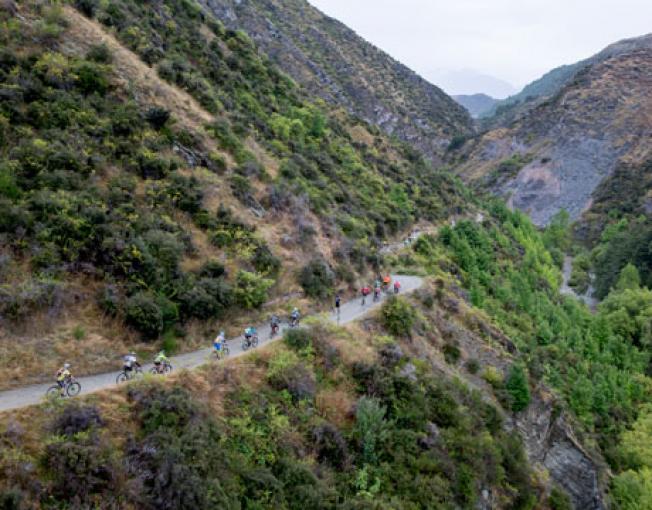
The Sacred River
The Motatapu off-road event retraces ancient footsteps. The river was named Mota (River) Tapu (Sacred) by early Māori who used the Motatapu valley as an access route for food gathering and for the movement of Pounamu (Greenstone).
The early European explorers however, were unaware of this pass through the mountain enabling access from Lake Wānaka to Lake Wakatipu, until the goldrush of 1862, which saw thousands of miners forging their way up every valley and following every river in search of gold.
European explorers Edward Jollie and William Young originally explored the Motatapu Valley from the Wanaka end in 1858/59. They went up the Motatapu Valley and climbed Mount Motatapu (they called it Mount Perspiring as they got a good sweat up doing it). While they made a map of the area, the map proved to be inaccurate, and they did not identify a pass towards Lake Wakatipu.
Later, explorers and sheep man, John Baker and E.Low, also climbed Mount Motatapu and they too looked into the surrounding country, up at Mount Aspiring and the Shotover Valley, and thought the valley was surrounded by mountains and could not see a pass. In 1860, William Rees and Nicholas Von Tunzleman forged a route to Lake Wakatipu via the Cardrona Valley and the Crown Range and this became the accepted route from the east, especially when gold was found.
Even though the gold rush of 1862 opened up the Motatapu route, Wānaka via the Crown Range remained the fastest route between Queenstown and Wānaka and the construction of Tobins Track made the journey even shorter.
The Motatapu route was initially used only by musterers before a track was put through for stock and horses.
Glencoe and Motatapu used to be one station (Glencoe station) when a doctor owned it. Then Lloyd Ewing bought it in the early 40’s with his brother-in-law and they split it into two stations. The exact history of Soho Station, which now sits between Motatapu and Glencoe, is a story yet to unfold.
Old maps showed a walking route through the valley, and in the 1970’s Tom Pryde began running through from Arrowtown to Glendhu Bay each Christmas with a bunch of mates who would holiday in Arrowtown. In the early 1990’s the landowners closed the route to all until former station owners of Motatapu started a once a year ‘bash’ in the late 1990’s.
In recent years all three stations, Motatapu, Soho, and Glencoe, have returned to single ownership and the owners have been instrumental in the success of the Motatapu event by giving once a year access across these iconic landscapes.
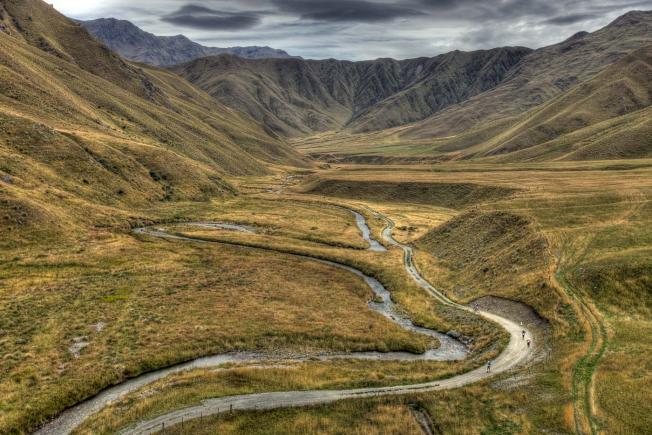

Volunteer with us!
If you can’t join us on the start line this year, but would still love a fun day out in the hills enjoying some of New Zealand’s most breathtaking scenery and helping our competitors have an awesome day, how about joining our volunteer team?
